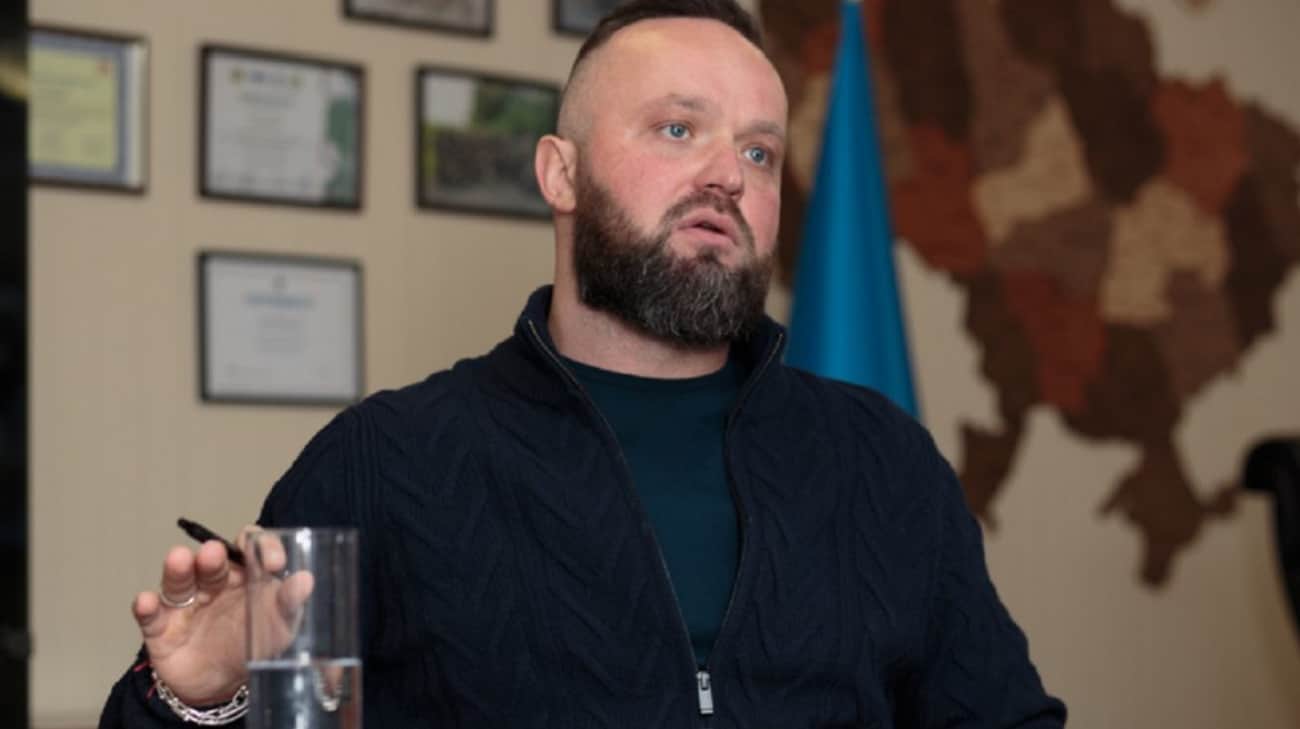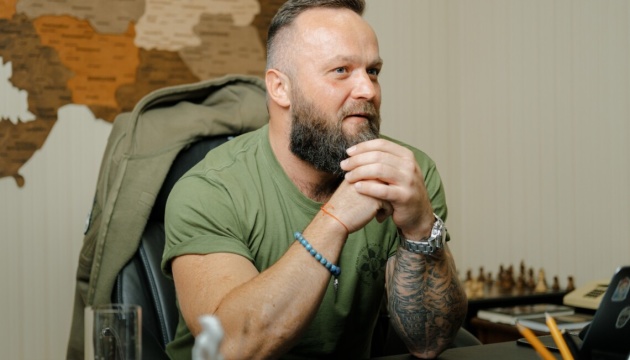Fashion
Kamala Harris has about eight seconds today to make or break her White House campaign
During the past 50 years, voters have become used to political leaders being marketed to us like new cars. The 2024 US presidential election is a reminder that more than ever in the age of social media, style trumps substance.
The idea of politicians being sold like products blasted into the public consciousness with a book called The Selling of the President 1968, when American journalist Joe McGinniss had phenomenal inside access to the campaign of Richard Nixon. Nixon’s team needed to up-end the Republican candidate’s image as a cold, dull foreign policy nerd (pub night trivia tip: Nixon’s media consultant was Roger Ailes, decades later to become the disgraced boss of Fox News).
Television was in its infancy and Madison Avenue advertising executives were devising revolutionary techniques to sell products to consumers through the new medium. The Republican campaign adapted many of those ideas to politics, with the same goal of prioritising a vibe or an image over substantive detail.
Nixon defeated the Democrat candidate Hubert Humphrey. The winning formula changed political campaigns for good and the McGinniss inside account became a political literature classic. Today, while voters might be aware of how spin doctors and political campaigns manipulate our thoughts and emotions, it doesn’t necessarily make us any less susceptible to it.
‘This is when we break through’
When the Democrat presidential candidate Kamala Harris delivers her speech to the Democratic National Convention today, style will be almost everything. That is because many of the people Harris needs to vote for her will never see her full speech, or much of the convention at all. They might catch eight seconds — at best, a minute or two — via social media. That’s it.
More and more of us rely on social media as key sources of information. That means Harris needs to do two things: not only look and sound presidential, but land pithy remarks that tell a story on their own without the context of the speech. She needs micro-clips that will go viral on TikTok and Instagram. The success of Minnesota Governor Tim Walz in doing that, when he characterised the Trump-Vance joint ticket as “weird”, helped him secure the spot as the Democrat running mate.
Other big-name speakers at the convention this week have been running with this tactic too.
President Biden: “America, I gave my best to you.”
Hillary Clinton: “This is our time, America. This is when we stand up. This is when we break through.”
Michelle Obama: “America, hope is making a comeback.”
Barack Obama, grandmaster of the viral speech: “We do not need four more years of bluster and bumble and chaos. We have seen that movie before — and we all know that the sequel is usually worse.”
Harris needs to follow suit and deliver short, crisp lines that will land memorably with voters and help influence or even crystallise their thinking.
Loading…
It’s the vibe
In America, the vibe a candidate manufactures is even more important than in Australia. Here, the vibe influences how you vote. In America, it influences whether you bother to vote at all, given voting is not compulsory.
A candidate’s ability to mobilise people with their personality and message is everything. It also prompts supporters to dig into their wallets; the money spent by campaigns wins or loses American elections.
In 2008, Obama had a highly-energised army of supporters who helped him raise more than three times his Republican opponent John McCain. Harris has already been hugely successful with donations. In the month or so since she replaced President Biden, she has raised almost US$500m. Over roughly the same period Donald Trump raised around $140m.
Kamala Harris’s speech today is far more important for her than Trump’s equivalent address to the Republican Convention was for him. That’s because he is a known quantity and she is not.
Compared to Harris, everything about Trump is familiar, to the degree he feels almost like an incumbent. Nothing about his style or substance feels new and so his speech last month passed without much fanfare. His four recent years in the White House leave plenty of lingering memories from which to judge him.
Kamala Harris feels fresh because she is dramatically different in age, style, race and gender to both Trump and Biden. Even though she has been vice-president for four years, the role is relatively invisible and so she is not especially familiar to people.
Harris hasn’t granted any major interviews since winning the nomination, preferring to capitalise on the buzz of short appearances at highly stage-managed rallies. In any case, for most of the past month, politics has taken a back seat while the Olympic Games have dominated America’s attention.
Perhaps most alarmingly for Trump, he has lost his status as a disruptor, by dint of the fact that he has already occupied the White House and since then, has wholly taken over the Republican party. He is now by definition “The Establishment” against which he loves to rail.
Republican presidential candidate former President Donald Trump. (AP: Charles Rex Arbogast)
Harris has snatched the disruptor card from the pack as potentially the first female president, and a black one at that. Being the candidate of change is a powerful advantage and according to a deep dive inside the Republican campaign by The New York Times, Trump is rattled.
Harris has another advantage that’s helping with her vibe: her similarities in style to Barack Obama. The common threads — two smart, black, good-looking, warm, positive people — push voters’ nostalgia buttons, possibly subconsciously, about Obama’s successful 2008 presidential campaign rooted in themes of change, hope and a better future for America.
It was another DNC speech back in 2004 that put Obama’s star on the American political map. His brilliant oratory as a young state Senator from Illinois set him on a fast track to the presidency in 2008. Hoping to replicate that success, Harris has hired Obama’s widely-respected 2008 campaign manager, David Plouffe, as one of her senior advisors.
Lessons from ‘Yes We Can’
So what lessons can Harris draw from the victorious 2008 Obama “Yes We Can” campaign? How does a candidate turn a good vibe into votes at the ballot box?
The main thing you need is luck. Like Harris, Obama has personal qualities you’re fortunate to be born with and can’t manufacture — charm, warmth, intelligence, a great smile. Any political campaign needs a front person with enough “rizz”, as the youngsters say, to grab voters’ attention. They can only hold it if they then match that charisma with the ability to communicate authentically.
Beyond that, you then need a clear message with a point of connection or relatability. In 2008, Obama’s campaign was built around his personal story (which played neatly into the American dream, the idea that the US is a country that allows anybody to make something of themselves regardless of background). He also leant into his pitch to improve life in America and level the playing field for all.
In 2008, Barack Obama’s supporters helped him raise more than three times his Republican opponent John McCain. (Reuters: Charles Dharapak)
The final thing you need is a team around you that knows what it’s doing — that takes you to the right swing states at the right time, that protects you from chance meetings that go badly, that raises money and finds volunteers, that puts you up for media opportunities that will help not hinder you and that formulates messages that land.
Obama’s campaign team — led by Plouffe — was streets ahead of its time in 2008 with its skilful use of new tech. Social media was in its early days but the Obama camp used tools we now take for granted, such as data mining, to personally target political advertising. Like the concepts in The Selling of the President 1968, today it all seems basic and obvious, but it was game-changing in its day.
Setting aside her style advantages, at the substance end of the equation Harris has one very big problem and one smaller one. The big one is that the two issues that traditionally decide American elections may not play in her favour: national security and the economy.
Loading
Better the devil you know?
Sticking with the Obama comparison, in 2008 the incumbent Republican President George W. Bush was floundering in both those areas. He was gigantically unpopular due to the disastrous war in Iraq. America was also in the grip of the global financial crisis, one of the worst economic downturns in its history.
Those policy areas were rich picking grounds for Obama in a way that they are not for Harris in 2024. She has no war on terror or GFC on which to capitalise. Plus her side of politics has been running the show for the past four years so she owns the problems.
The US economy has improved significantly under the Biden administration on the key indicators of unemployment, growth and inflation, but many Americans don’t feel like their daily lives match the data. They feel that they’re doing it tough because of comparatively high interest rates and cost of living. Grocery prices alone are up more than 25 per cent since 2019.
Kamala Harris feels fresh because she is dramatically different in age, style, race and gender to both Trump and Biden. (Reuters: Stephanie Scarbrough/Pool)
On national security, Harris can argue that Biden’s foreign policy has gone some way to restoring America’s international reputation. But Trump has always been rewarded for his tough talk on immigration and he will attack Harris as the Biden administration’s “failed border czar”.
Trump enhanced his “strongman” image with the iconic photograph of him surviving an assassination attempt. That all means on the two likely decisive issues, both candidates have reasonable cases to make for themselves and against the other.
The lesser problem for Harris is that being unknown is only a benefit if (a) it doesn’t make people suspicious you’re hiding something, or (b) until you’re known. It’s a risk for her that as she inevitably grants interviews or does press conferences, and more of her policy agenda is revealed, the early gloss may rub off. A single Hillary Clinton-style “deplorables” remark or any other misstep before November could change voter perceptions of her instantly, particularly when those impressions are still being formed.
Name recognition is a critical factor in elections and some voters may end up feeling it’s better to go with the devil you know than take a gamble on somebody you don’t. Trump being a known entity could end up working for him after all in that scenario.
The biggest risk for the Democrat party as a whole is making the same mistake as 2016 — believing that surely nobody could opt for Trump over a competent, well-presented Democrat alternative.
Along with drawing lessons from Obama’s 2008 success, Democrats would be wise to also pay mind to Hillary Clinton’s 2016 failure. The Left may imagine that rolling out the Clintons and the Obamas this week will make Americans yearn for better times.
But it could also have the opposite effect, reminding some citizens that they’ve felt let down and ignored for the past 30 years.










